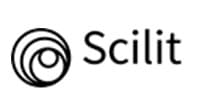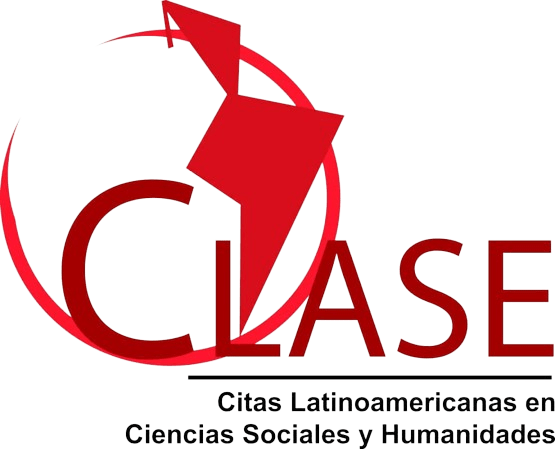Patterns and tenssions of rurality and urbanity in the Metropolitan Region of Managua
DOI:
https://doi.org/10.5377/arquitectura.v8i15.16227Keywords:
Action participation, metropolization, non-urban activities, rurality-ruralization, urbanity-urbanizationAbstract
Nicaraguan municipalities have gradually taken shape through their inherent physical attribute socio economics conditions, and the regulatory frame works that have evolved over the course of the 20th century. In the case of Managua and its adjoining municipalities have experience the phenomenon commonly referred to as Metropolization, where in the capital serves as the focal point, giving rise to and officially recognized metropolitan area or region, depending on the specific analytical framework employed.
Due to the size and density of human settlements, the core aspect of economic activities and lifestyles, composed of social characteristics, such as heterogeneity, “urban culture” and the degrees of social interaction, regardless of space, demonstrate that for the study of the Managua Metropolitan Region (RMM) and the Metropolitan Area of Managua (AMM), variables, indicators and criteria in the traditional bibliographic references of metropolitan studies need to be complemented with theoretical concepts and practical actions from architecture and sociology. This is why the present research focuses on presenting, analyzing and justifying the particularities of the approach to urbanity and rurality based on their humanistic criteria, composed of sociocultural, economic and environmental values that are directly related to the drive of the phenomenon of metropolization, in contrast to the results obtained during the initiative of the Universidad Nacional de Ingeniería [UNI], through the Research Department and the University Extension Department , specifically within the Comprehensive Studies Program on Habitability and Territory (PEI:HyT ), framed within the line “Design, Construction, Urbanism and Territory”.
Downloads
Downloads
Published
How to Cite
Issue
Section
License
Copyright (c) 2023 Universidad Nacional de Ingeniería

This work is licensed under a Creative Commons Attribution-NonCommercial-NoDerivatives 4.0 International License.




















